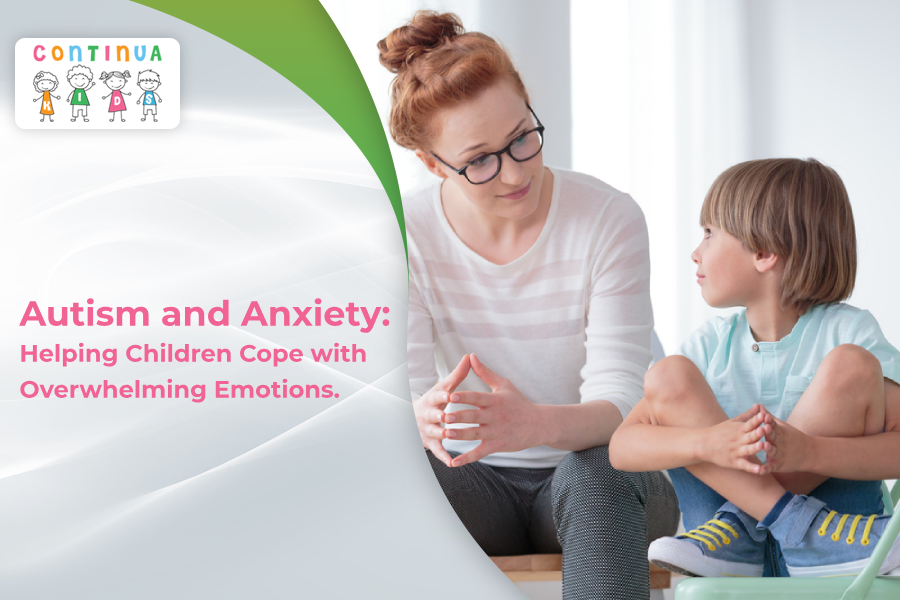What is Anxiety Disorder?
Anxiety is a normal and healthy emotion that everyone experiences from time to time. However, when anxiety becomes excessive and persistent, it can interfere with a child\’s daily life and lead to an anxiety disorder. Anxiety disorders are a group of mental health conditions characterized by excessive and irrational fear, worry, or dread. These disorders can manifest in many forms, including generalized anxiety disorder (GAD), social anxiety disorder (SAD), obsessive-compulsive disorder (OCD), panic disorder, and phobias.
The Role of Therapy in Treating Anxiety Disorders
Therapy is a widely used treatment for anxiety disorders in children and adolescents. It involves meeting with a trained mental health professional to talk about the child\’s feelings, thoughts, and behaviors. Therapy can help children learn new coping skills, reduce their anxiety symptoms, and improve their overall quality of life.
Cognitive Behavioral Therapy (CBT)
Cognitive-behavioral therapy (CBT) is one of the most effective forms of therapy for anxiety disorders in children and adolescents. CBT is a type of talk therapy that helps children identify negative thought patterns and teaches them how to replace them with more positive ones. CBT also helps children learn new coping skills, such as relaxation techniques and problem-solving skills, to manage their anxiety.
Exposure Therapy
Exposure therapy is a type of CBT that involves gradually exposing children to the things they fear or avoid. This exposure can be either real or imagined, and it is done in a safe and controlled environment. Exposure therapy helps children confront their fears and overcome their anxiety.
Family Therapy
Family therapy involves working with the entire family to address the child\’s anxiety. Family therapy can help parents learn new parenting strategies to support their child\’s mental health, improve communication within the family, and reduce family conflict.
Medication
In some cases, medication may be prescribed in addition to therapy to manage a child\’s anxiety symptoms. Medication can help reduce symptoms such as panic attacks or excessive worry, but it should always be used in conjunction with therapy.
Conclusion
Anxiety disorders can be very challenging for children and their families. However, with the right treatment, most children can manage their symptoms and lead fulfilling lives. Therapy is an essential component of the treatment of anxiety disorders in children and adolescents. With the help of a trained mental health professional, children can learn new coping skills, reduce their anxiety symptoms, and improve their overall quality of life. If you suspect that your child has an anxiety disorder, it is essential to seek professional help as soon as possible.




